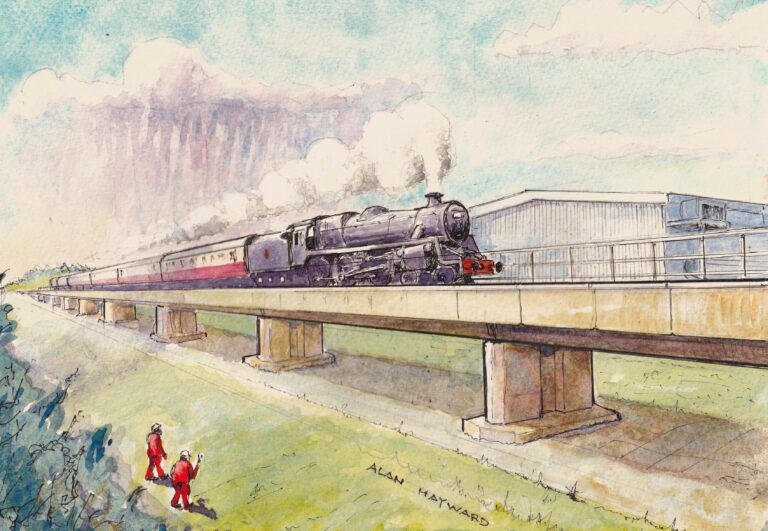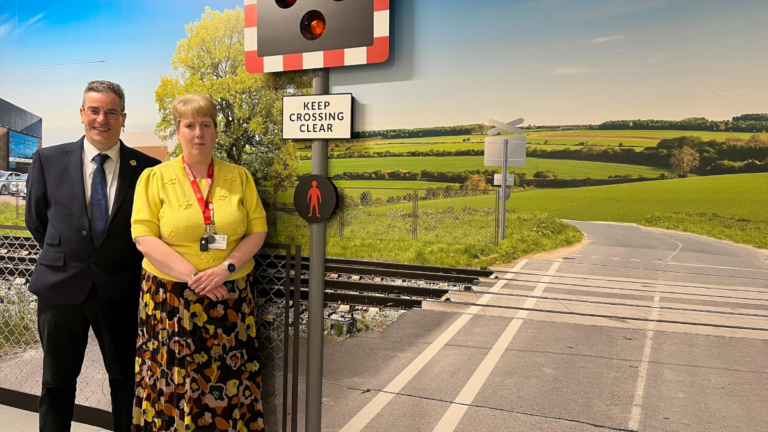Brand new trains have been launched on the Ebbw Vale line offering customers a more comfortable and reliable experience.
Built in Newport, the Class 197 trains have started to enter service on mainline routes around Wales and the Borders.
They will run between Ebbw Vale and Cardiff Central, as well as Newport, following the introduction of brand-new services on the line earlier this year.
The Cabinet Secretary for North Wales and Transport, Ken Skates said: “This is great news. These trains are modern and comfortable and provide a much-improved experience for passengers. This is another positive step for rail services in Wales.”
The trains are part of an £800 million investment in new trains to transform rail travel that is currently being delivered by Transport for Wales, replacing trains that were between 30 and 40 years old.
Marie Daly, chief customer and culture officer at Transport for Wales said: “Earlier this year we were able to launch brand new services to Newport from Ebbw Vale thanks to a £70 million public investment in the stations, track and signalling, and these new trains are the next important step to help boost the economy and to encourage people to make more sustainable journeys.
“I’m delighted that our Ebbw Vale customers will be benefiting from our brand-new trains. The trains are comfortable, and offer greater capacity for our customers.”
Assembled at the CAF train factory in Llanwern, Newport, there will be 77 of the class 197 trains operating throughout Wales and along its border routes, forming the backbone of the mainline fleet.
The trains will be able to run up to a maximum of four carriages on the Ebbw Vale line.
January marked the introduction of the new Newport services, almost doubling the number of trains operating on the line with two trains running per hour, one to/from Cardiff and one to/from Newport.
While the transition is ongoing, customers may still see some of the older trains in operation however these will gradually be phased out over the coming years.
The Class 197s will start operating down to Pembroke Dock later this year and on the Cambrian line in 2025.
Image credit: TfW












